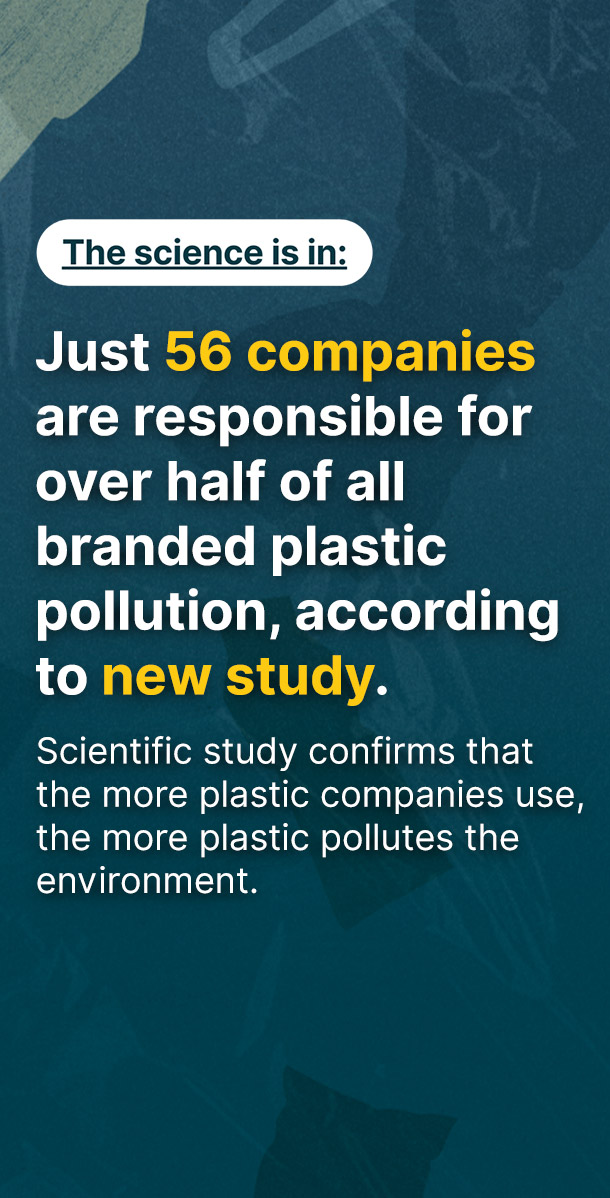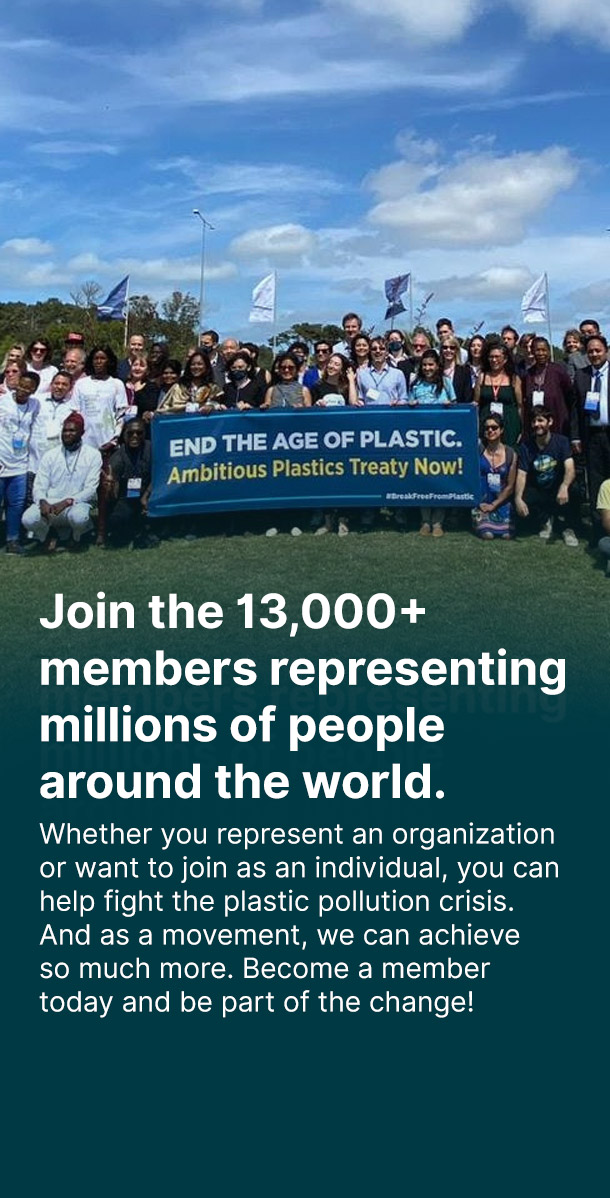As CHEM Trust reported in May a collaboration of academic scientists and NGOs have been working together to identify the hazardous chemicals associated with plastic packaging. We reported that over 4000 chemicals have been identified that are potentially present in plastic packaging or used during its manufacture. At least 148 of these chemicals have been identified as hazardous to human health and/or the environment.
This week the “Chemicals associated with Plastic Packaging database” (CPPdb) has been published.This database lists the chemicals that are likely to be used in the manufacturing of plastic packaging and could be present in final packaging articles like a shampoo bottle, a wrapping of a take-away sandwich or a plastic wrapping for a toy.
The database also includes some non-intentionally added substances (NIAS). NIAS are chemicals present in the final plastic packaging as impurities or contaminants, or due to side reactions or degradation of the chemicals used to make the packaging.
The scientists faced considerable barriers when building the database, due to a lack of information concerning the use of chemicals in plastics manufacturing and the chemicals’ presence in final products, often caused by information not being publically accessible through standard search methods or not being accessible at all. In other instances, relevant information is simply not available, for example for many of the NIAS which have often not been fully identified.
Among the chemicals in the database 148 were ranked as the most hazardous to human health and/or the environment, based on EU harmonized toxicity classifications and other existing lists. 35 of the chemicals are regarded as endocrine disrupting chemicals (EDCs), chemicals potentially causing adverse impacts on the hormone system. These included chemicals such as bisphenol A (BPA) and a number of phthalates, whose use within Europe has been restricted in certain products due to their harmful properties.
The 148 most hazardous chemicals will probably not be a complete list, as harmonised toxicity classification data was not available for many of the other chemicals associated with plastic packaging.
Chemical uses
The hazardous chemicals identified are not only used as the main ingredient (monomer) to produce the plastic packaging but are also used for a range of functions from biocides to prevent moulds, flame retardants to increase fire resistance, plasticizers to increase flexibility, dyes, adhesives and others.
The full list of the chemicals identified is available here in the pre-publication paper.
Some chemical groups of concern
Hazardous Metals: A group of additives to plastics that consists of substances containing hazardous metals. Four of the heavy metals, cadmium, chromium(VI), lead and mercury, are considered to be highly hazardous to human health because they are carcinogens, can cause permanent changes to the genetic make-up of cells or they can have adverse effects on fertility and sexual function.
Bisphenols: Three Bisphenols are highlighted, BPA, bisphenol S and bisphenol F; these are used in the manufacture of clear polycarbonate plastic, as additives in rigid plastics and in the manufacture of other plastic-related materials, including the lining inside food and drink cans. These bisphenols are known EDCs, and a recent CHEM Trust report has highlighted the case for the use of the bisphenol group of chemicals to be restricted by regulators.
Phthalates: The study identifies 14 different hazardous phthalates, a group of chemicals that are used as plasticizers in plastics. The EU is currently finalising a restriction on the use of four phthalates that are used as plasticizers in plastic packaging, due to health worries associated with these chemicals. However, the proposed restriction does not prevent these chemicals being used as food contact materials. CHEM Trust and the European Environmental Bureau has called for this to change. Phthalates are associated with a range of health effects on people including reproductive disruption and metabolic diseases such as obesity .
PFAS: Two per- and polyfluoroalkyl substances (PFAS) are identified in the study. The stability of these chemicals, which makes their use attractive in plastic packaging, however, means they are extremely persistent in the environment and can accumulate in the food chain. One of the chemicals identified in the database, PFOA is listed on the European Chemical Agency’s list of substances of very high concern, due to its reproductive toxicity and environmental persistence. CHEM Trust has proposed that these chemicals are part of the European Human Biomonitoring Initiative (HBM4EU), which is coordinating and advancing the measurement of the presence of chemicals in the European population.
Conclusions
Dr Jane Muncke, The Managing Director, of the Food Packaging Forum said:
“During this project we have been able to identify 148 hazardous chemicals that are associated with plastic packaging. However, there is a substantial shortage of, and huge difficulty in getting hold of, information on how specific chemicals are used in which application, in what quantities and how much ends up in the finished plastic packaging.
Alongside this, even for chemicals for which hazards have been identified, there is a lack of harmonized toxicology information. Both of these issues need to be addressed urgently for the purpose of identifying and removing hazardous chemicals from plastic packaging to protect human health and the environment.”
Dr Michael Warhurst, Executive Director of CHEM Trust, said:
“This research has highlighted the range of chemicals that we could be exposed to from packaging. Many of them come from groups of related chemicals of concern such as bisphenols and phthalates. Often one or two chemicals in a group have been banned or partially banned, but others are still in use.
Regulators and industry need to stop moving from one chemical to another within the same groups, and instead move to true safer alternatives.
This study also highlights how many problematic chemicals are potentially in use, which raises concerns about how many different chemicals we could be exposed to and the need to understand what could be the effects of these mixtures.”
Next steps
The study has been submitted to the peer-reviewed scientific journal Science of the Total Environment on July 13th, 2018.
Now that the project has identified a list of hazardous chemicals, work will continue to identify which of the chemicals should be prioritized to be substituted during the production of plastic packaging.
This blog was originally published by ChemTrust on their website and was written by Anna Watson on July 19, 2018




